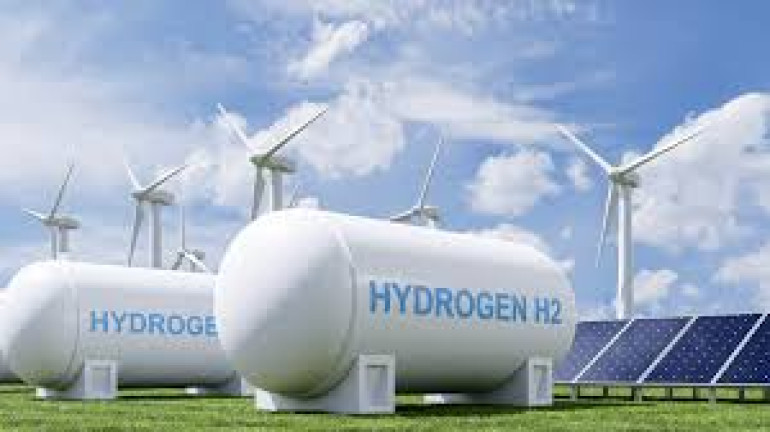
Follow India Renewable Energy News on WhatsApp for exclusive updates on clean energy news and insights
High-Temperature Gas Reactors (HTGRs) Emerge as a Game-Changer in Clean Energy and Industrial Applications
Feb 19, 2025
High-Temperature Gas Reactors (HTGRs) are rapidly gaining global attention as a next-generation nuclear technology, offering unparalleled efficiency, safety, and versatility. Countries like China, India, Japan, and Russia are actively exploring HTGRs as a viable solution for clean energy and industrial decarbonization. Here’s an in-depth look at what makes HTGRs a standout innovation:
- Ultra-High Temperatures: HTGRs can operate at temperatures exceeding 1000°C, significantly enhancing thermal efficiency compared to traditional reactors.
- Advanced TRISO Fuel: The use of TRISO (Tristructural Isotropic) fuel, known for its robust structure, ensures superior safety and performance.
- Multi-Industry Applications: HTGRs are well-suited for sectors like steel, aluminum, chemicals, desalination, and hydrogen production.
- Water-Free Operation: The technology enables electricity generation through the supercritical CO? Brayton cycle, eliminating the need for water.
TRISO Fuel – A Breakthrough in Nuclear Technology
- Extreme Durability: TRISO fuel has demonstrated remarkable resilience, surviving 300 hours at 1800°C in worst-case scenarios.
- Self-Contained Waste Storage: Each fuel pellet acts as its own containment unit, enhancing proliferation resistance.
- Continuous Operation: HTGRs can be refueled without shutdowns, ensuring higher reliability and operational efficiency.
Industrial and Energy Applications
- Sector Coupling: HTGRs provide high-quality heat directly to energy-intensive industries such as steel, ceramics, cement, and aluminum, reducing reliance on fossil fuels.
- Clean Heat for Process Industries: The reactors offer a stable and consistent heat source, crucial for industries requiring seasonal energy security.
- Desalination: HTGRs enable large-scale water purification without the need for electricity, addressing water scarcity challenges.
- Hydrogen Production: The technology supports thermochemical splitting (I-S cycle) for hydrogen production, eliminating the need for rare minerals like Platinum or Iridium.
Why the Growing Global Interest?
According to the International Energy Agency (IEA), heat accounted for 50% of Total Final Energy Consumption (TFEC) and 38% of global CO? emissions in 2022. With nations prioritizing energy security and decarbonization, HTGRs are emerging as a clean, efficient, and flexible energy solution.
A Transformative Clean Energy Solution
HTGRs are not just limited to electricity generation; they hold immense potential for revolutionizing process heat, industrial applications, and hydrogen production. As countries ramp up efforts to combat climate change, HTGRs could play a pivotal role in achieving sustainable energy goals.